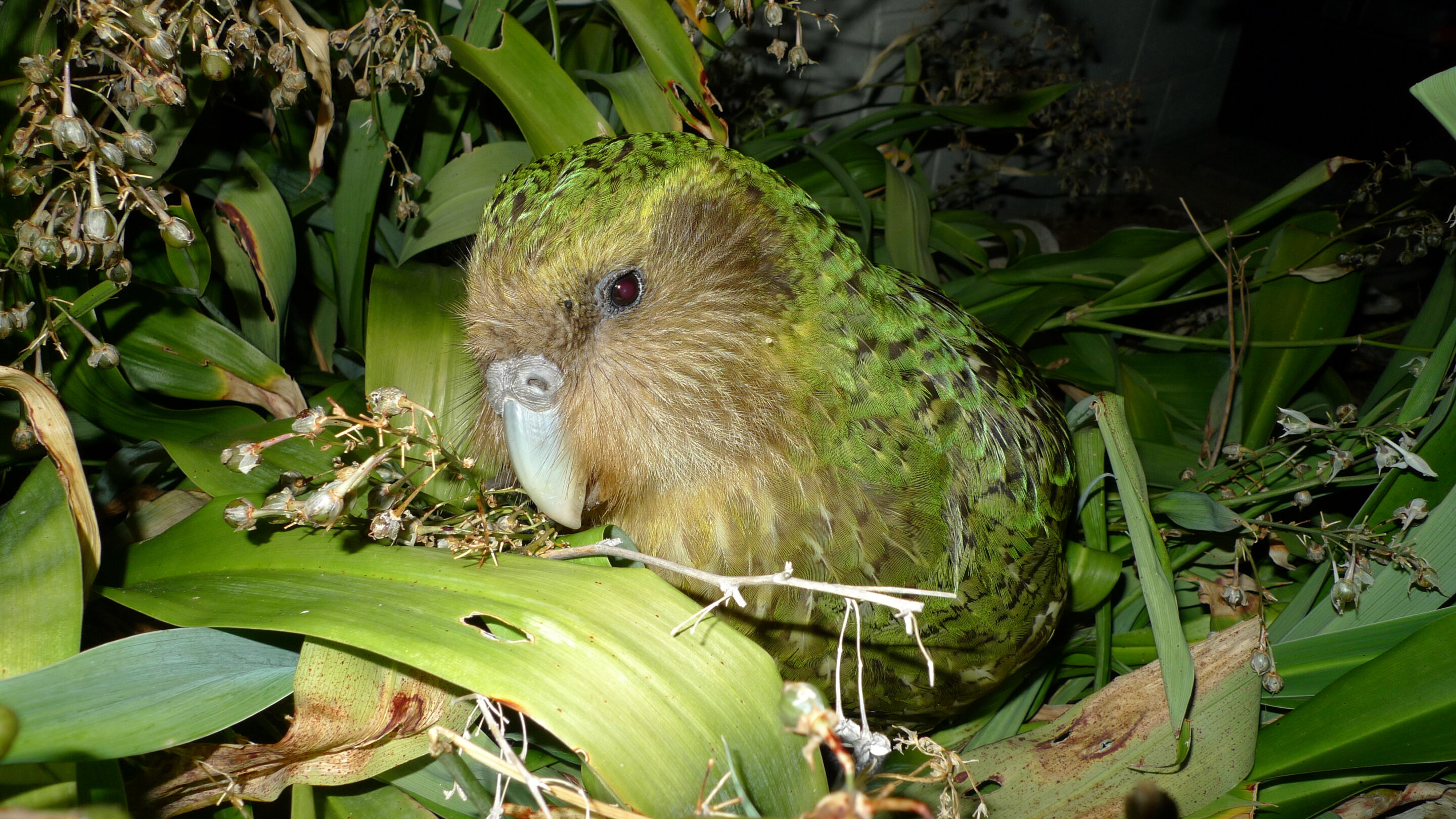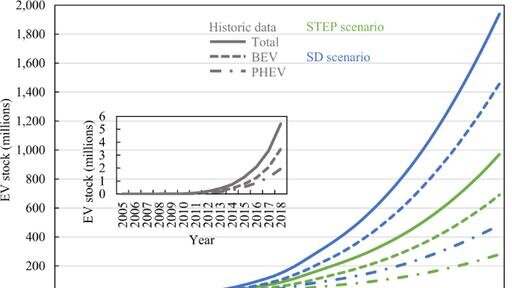#New study has important implications for survival of the critically endangered kākāpō parrot

Table of Contents
“New study has important implications for survival of the critically endangered kākāpō parrot”

A new study published in PeerJ has provided crucial insights into the factors that affect the fertility of the critically endangered kākāpō, a flightless parrot species native to New Zealand.
The results of the study have important implications for conservation management efforts aimed at improving the slow population growth of this species, and highlights the need for a balanced approach to conservation management, taking into account both the short-term benefits and potential long-term negative impacts of hand-rearing and other management strategies.
The findings have immediate applications in kākāpō conservation management:
- Hand-rearing should be limited as much as possible for males; a reversal from previous strategies in which retaining female chicks in nests was prioritized.
- Population densities should be maximized so that there are sufficient males at leks to ensure adequate mate choice for females, but such that the female:male sex ratio is kept as high as the habitat can support.
- Artificial insemination should also be continued, to ensure sufficient sperm competition and increase founder representation.
Low productivity limits population recovery of the kākāpō (Strigops habroptilus), with infrequent breeding, high infertility and low hatching success hampering conservation efforts. Kākāpō breeding occurs irregularly, synchronized with the mass-fruiting (masting) of certain tree species, particularly the rimu tree (Dacrydium cupressinum), which only occurs every 2–4 years.
Conservation strategies for wild-living threatened species such as the kākāpō rely on improving survival and productivity to increase population growth. Methods such as habitat restoration and predator control are used to enhance survival, but it is often problems with reproductive output which most limit recovery. Hand-rearing, in which animals are raised in captivity by humans, is often used in threatened species conservation programs, primarily to increase productivity by improving survival during development to maturity.
The study used Bayesian mixed models to examine the relationship between hand-rearing, other environmental factors, and clutch fertility in the kākāpō.
The results study suggests that some aspects of conservation management have inadvertently affected kākāpō productivity by reducing clutch fertility. The management intervention of hand-rearing, while undoubtedly increasing chick survival, has decreased clutch fertility. The sex difference in this effect indicates that hand-rearing affects copulation behavior in males more than females, in accordance with imprinting behaviors found in hand-reared male but not female kākāpō.
The research also found that female copulation behavior—including polyandry and repeated copulations—is likely driven by high levels of sperm competition in kākāpō to improve the likelihood of fertilization.
The findings of this study indicate the critical importance of collecting detailed longitudinal data, and investigating similar impacts of hand-rearing and sex ratios in other threatened bird species.
About the kākāpō
Up to 64 cm (25 in) in length, these flightless birds have finely blotched yellow-green plumage, a distinct facial disk, owl-style forward-facing eyes with surrounding disks of specially-textured feathers, a large gray beak, short legs, large blue feet, and relatively short wings and tail: a combination of traits making it unique among parrots. It is the world’s only flightless parrot, the world’s heaviest parrot, and also is nocturnal, herbivorous, visibly sexually dimorphic in body size, has a low basal metabolic rate, and does not have male parental care. It is the only parrot to have a polygynous lek breeding system. It is also possibly one of the world’s longest-living birds, with a reported lifespan of up to 100 years.
The kākāpō is critically-endangered; the total known adult population is 249 living individuals, all of which are named and tagged, confined to four small islands off the coast of New Zealand that have been cleared of predators.
The name kākāpō is Maori, and translates as “night parrot.”
More information:
Andrew Digby et al, Hidden impacts of conservation management on fertility of the critically endangered kākāpō, PeerJ (2023). DOI: 10.7717/peerj.14675
Listen to the kākāpō’s calls: www.doc.govt.nz/nature/native- … ds/birds-a-z/kakapo/
Citation:
New study has important implications for survival of the critically endangered kākāpō parrot (2023, February 3)
retrieved 3 February 2023
from https://phys.org/news/2023-02-important-implications-survival-critically-endangered.html
This document is subject to copyright. Apart from any fair dealing for the purpose of private study or research, no
part may be reproduced without the written permission. The content is provided for information purposes only.
If you liked the article, do not forget to share it with your friends. Follow us on Google News too, click on the star and choose us from your favorites.
For forums sites go to Forum.BuradaBiliyorum.Com
If you want to read more Like this articles, you can visit our Science category.



